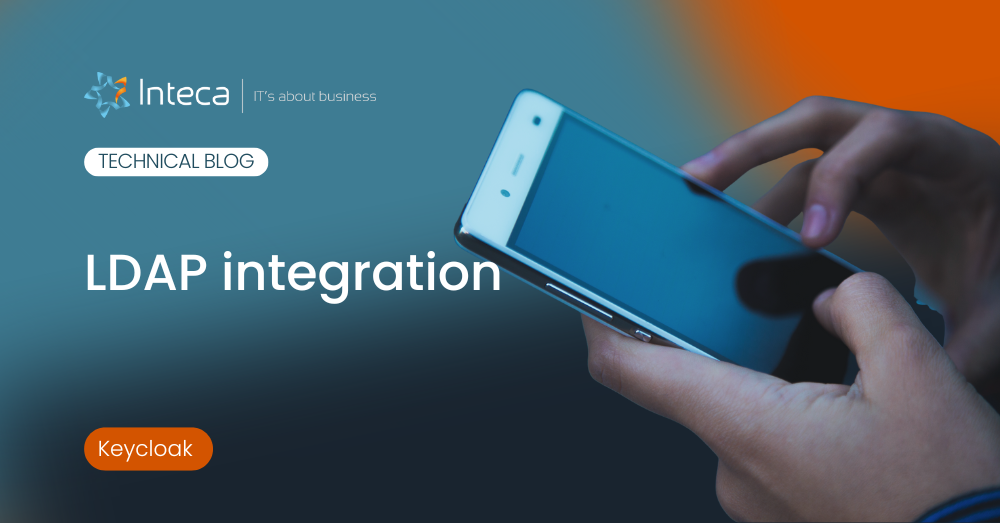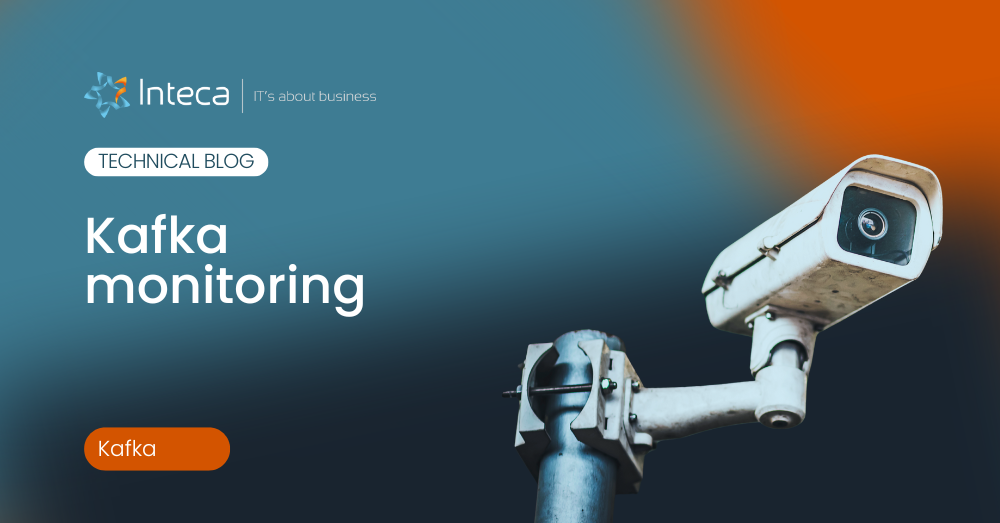The purpose of this article is to explore the significance of LDAP integration in modern IT environments and how Keycloak’s managed services can streamline this process. We want to provide the reader with a comprehensive understanding of LDAP integration, its use cases, and why Keycloak is the optimal choice for managing LDAP and AD integrations, especially for authenticating users.
TL;DR
- LDAP (Lightweight Directory Access Protocol) is fundamental for centralized authentication and managing directory information over IP networks.
- Integrating LDAP with Active Directory (AD) enhances security, improves user management, and simplifies authentication processes.
- This integration facilitates seamless user authentication across multiple platforms, reducing administrative burdens and enhancing user productivity.
- Read more about Keycloak Managed Services that can help you with LDAP integration
Understanding LDAP: The Backbone of Directory Services and LDAP configuration
What is LDAP?
LDAP, or Lightweight Directory Access Protocol, is a protocol used to access and manage directory information services over an IP network. It is a critical component in the realm of identity and access management, providing a systematic way to store and retrieve user credentials and other directory-based information.
LDAP is designed to enable the querying and modification of directory services, which are essentially databases optimized for read-heavy operations. These directories store information such as user profiles, credentials, and organizational hierarchies, making them indispensable for centralized identity management.
LDAP operates by allowing clients to connect to a directory service and perform operations such as searching for specific entries, adding new entries, deleting existing ones, and modifying attributes. This protocol is highly efficient, making it suitable for environments where quick and reliable access to directory information is crucial.
How LDAP works
LDAP directories are structured in a hierarchical manner, similar to a tree. The top level is known as the root, and beneath it are branches representing different organizational units, such as departments or geographic locations. Each entry in the directory is identified by a unique Distinguished Name (DN), which provides a path to the entry within the directory tree, ensuring proper LDAP user identification.
When a client needs to retrieve information from an LDAP directory, it sends a query to the LDAP server. The server processes the query and returns the relevant entries. Updating the directory involves sending a modification request to the server, which then applies the changes to the appropriate entries. This process ensures that the directory remains up-to-date and accurate for LDAP users.
Functionality of LDAP integration with active directory
LDAP integration with Active Directory (AD) is a common practice in enterprise environments. AD is a directory service developed by Microsoft that uses LDAP as its primary access protocol to authenticate users. By integrating LDAP with AD, organizations can leverage the robust features of AD while maintaining compatibility with other LDAP-based applications and services.
Integrating LDAP with AD offers several benefits, including enhanced security, centralized management, and streamlined user authentication and authorization. This integration allows organizations to manage user identities and access permissions more efficiently, reducing the risk of security breaches and ensuring compliance with regulatory requirements.
Integrating LDAP with AD directory
Integrating LDAP with Active Directory (AD) is a critical step for organizations aiming to centralize their identity management systems. This integration allows for a unified directory service that enhances security, simplifies user management, and streamlines authentication processes.
Steps involved in integrating LDAP with AD:
- Preparation and Planning for LDAP Authentication: – Assess the current directory services and identify the requirements for integration. – Ensure that both LDAP and AD are properly configured and operational, including the prerequisites for using LDAPS on port 636.
- Schema Mapping: – Map the LDAP schema to the AD schema to ensure compatibility. – Define the attributes and object classes that need to be synchronized.
- Configuration: – Configure the LDAP server to communicate with the AD server for user and group management. – Set up synchronization rules to ensure data consistency between LDAP and AD.
- Testing: – Conduct thorough testing to verify that the integration works as expected. – Test user authentication, authorization, and directory queries.
- Deployment: – Deploy the integration in a production environment. – Monitor the integration to ensure ongoing functionality and performance of LDAP authentication.
Common tools and protocols used in the integration process:
- LDAP Protocol: The primary protocol used for accessing and maintaining distributed directory information services.
- Kerberos: A network authentication protocol designed to provide strong authentication for client/server applications.
- SAML (Security Assertion Markup Language): An open standard for exchanging authentication and authorization data between parties.
- SSO (Single Sign-On): A user authentication process that permits a user to enter one name and password to access multiple applications.
Benefits of LDAP and active directory (AD) integration
One of the primary benefits of LDAP and AD integration is enhanced security. By centralizing identity management, organizations can enforce consistent security policies and reduce the risk of unauthorized access. Additionally, centralized management simplifies the administration of user accounts and access permissions, making it easier to maintain compliance with regulatory requirements.
LDAP and AD integration also streamlines user authentication and authorization processes. By consolidating user credentials into a single directory, organizations can provide users with a seamless login experience across multiple applications and services. This not only improves user productivity but also reduces the administrative burden associated with managing multiple sets of credentials.
Use cases for LDAP integration
Real-world scenarios where LDAP integration is beneficial. – Industries and applications that benefit from LDAP and AD integration.
Enterprise use cases
LDAP integration is a cornerstone for large organizations aiming to streamline their identity management systems. By leveraging LDAP and AD integration, enterprises can achieve a unified and secure authentication framework. Here are some examples of how large organizations utilize LDAP integration:
- Centralized User Management: – Enterprises with thousands of employees use LDAP integration to centralize user management. This ensures that all user credentials and access rights are managed from a single point, reducing the risk of security breaches and simplifying administrative tasks.
- Single Sign-On (SSO): – LDAP integration facilitates Single Sign-On (SSO) capabilities, allowing users to authenticate with a single set of credentials across multiple applications. This not only enhances user experience but also improves security by reducing the number of passwords that need to be managed through LDAP authentication.
- Access Control: – By integrating LDAP with AD, organizations can implement fine-grained access control policies. This ensures that users have access only to the resources they need, based on their roles and responsibilities within the organization.
- Compliance and Auditing: – LDAP integration helps organizations comply with regulatory requirements by providing detailed logs and audit trails of user activities. This is crucial for industries that need to adhere to strict compliance standards, such as finance and healthcare.
Industry-specific user applications
LDAP integration is not limited to large enterprises; it also offers significant benefits across various industries. Here are some industry-specific applications of LDAP and AD integration:
- Finance: – Financial institutions use LDAP integration to secure access to financial data and applications. By centralizing identity management, banks and financial services companies can protect against unauthorized access and fraud, while also simplifying the management of user credentials.
- Healthcare:- In the healthcare industry, LDAP integration is used to manage access to sensitive patient data. By integrating LDAP with electronic health record (EHR) systems, healthcare providers can ensure that only authorized personnel have access to patient information, thereby maintaining patient confidentiality and complying with regulations like HIPAA.
- Education: – Educational institutions leverage LDAP integration to manage student and faculty access to various academic resources. By integrating LDAP with learning management systems (LMS) and other educational tools, schools and universities can provide seamless access to resources while maintaining security and compliance.
- Government: – Government agencies use LDAP integration to manage access to classified information and critical infrastructure. By centralizing identity management, these agencies can enhance security, streamline user authentication, and ensure compliance with government regulations.
In conclusion, LDAP integration offers a wide range of benefits across different industries, from enhancing security and compliance to streamlining user authentication and access control. By leveraging LDAP and AD integration, organizations can achieve a more efficient and secure identity management system. Keycloak, with its robust features and capabilities, stands out as the optimal solution for managing LDAP integrations, making it an essential tool for modern IT environments.




